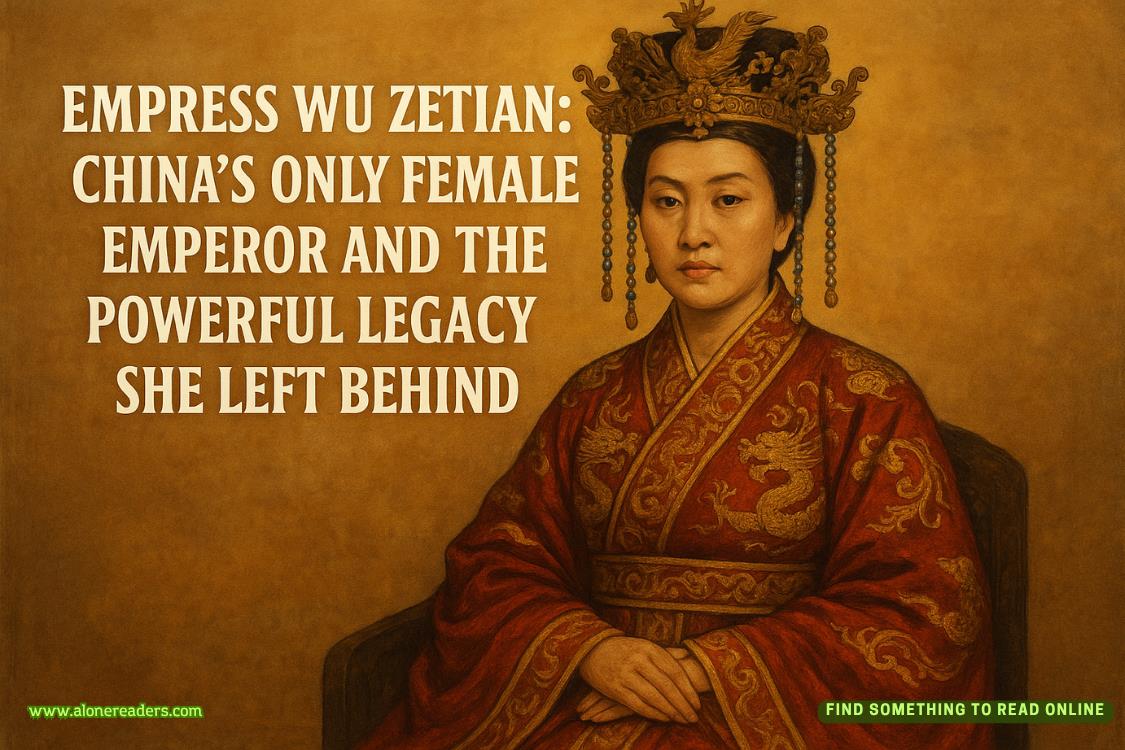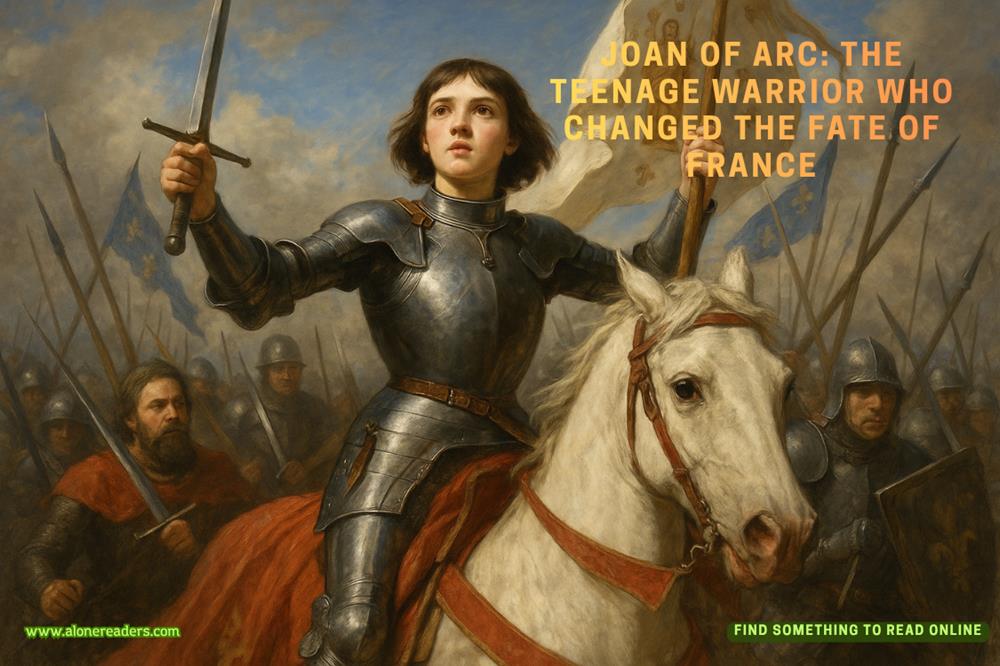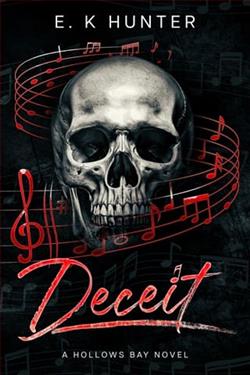Turning back to face James Street, and Barnaby, still puffing and wheezing along, she heaved a sigh and settled to wait.
Two minutes later, the hair at her nape lifted. She stiffened.
“Don’t turn around. Not yet.”
He—the murderer—was standing directly behind her. Her senses screaming, she battled the primitive impulse to whirl about. Gripping her reticule tightly, she raised her head higher, then stiffly nodded. “Very well. Now what?”
“Now I’m going to turn around and walk down Roberts Street, and when I give the word, you will turn and follow. We’re going to walk the streets—I will lead and you will follow, remaining a good yard behind me at all times. If all remains well, I will eventually take you to where I’m holding Glossup.” He paused, then asked, “Is that clear?”
She’d heard him speak before. Not often, and she couldn’t remember where, but there was a faint echo of some shire accent hidden beneath the polished vowels . . . she shook aside the distraction and nodded. “Yes. I’ll stay behind you so I won’t be able to see your face.”
Amusement laced his voice. “Precisely.” Then his tone hardened. “Wait for my word, then follow.”
She did as he’d ordered, holding still when she sensed him moving away; across the street, Barnaby had drawn back into the shadows of a doorway, but he was there, watching.
“Now.”
Turning, she walked into the darkness of Roberts Street and fell in behind the tall, broad-shouldered male figure who steadily paced down the shadowy pavement ahead of her; he was wearing a dark cloak, a wide-brimmed dark hat, plus a dark scarf wound about his neck, and most likely about his lower face, but tonight he carried no cane. Nevertheless, even in the gloom of Roberts Street, very little observation was required for her to confirm that he was, indeed, the man she’d collided with in Hill Street all those evenings ago.
She debated questioning him, and while she didn’t hold much hope he would be overly forthcoming, she asked, “Was it you behind all the attacks—at Marchmain House, then my horse being darted, the stone falling in the ruins at Ellsmere Grange, as well as the attack in the park?”
He didn’t reply for several paces, then said, “Yes. You don’t need to know more than that.”
“Well, at least I now know I don’t have more than one mystery attacker,” she muttered at his back.
“Be quiet. No more talking.”
Yes, sir. Grimly, she set her lips and, for the sheer hell of it, glared at his black back. The weight of the pistol in her reticule was tempting; she could pull it out and shoot him now, and he’d have no chance to stop her, and then he’d be stopped for all time . . . but Penelope had assured her the pistol would put a very big hole in him at close range, which would almost certainly kill him, and then they’d never be able to find and rescue James. Tied up in a room somewhere in London . . . even learning the identity of the murderer wouldn’t guarantee they’d be able to find James.
They were more than halfway down Roberts Street; Davies Street, much better lit, lay ahead. Realizing that walking ahead of her as he was, the villain couldn’t see what she did, she kept her pace steady but turned her head and looked back.
Twenty paces behind her, Barnaby, no longer shuffling, was slipping from dense shadow to dense shadow; he raised a hand in brief salute.
Henrietta faced forward and kept walking. As they neared the better illumination of Davies Street, she realized her lips were curved in an intent and determined, and potentially revealing, smile, and promptly wiped her face of all expression. She wasn’t all that good at charades; she wasn’t sure she could creditably fake the sort of fear the murderer might be expecting her to be experiencing. Better to appear expressionless than to make him suspicious.
They stepped into Davies Street, crossed it, and turned right. South. Another hackney rolled slowly past. Charlie Hastings, disguised as a jarvey, was driving; from the corner of her eye, Henrietta caught a glimpse of Mary’s face as her sister observed her—and even more closely studied the m
an ahead of her—from inside the hackney.
The villain thankfully didn’t notice Mary; he continued walking, and Henrietta continued following. And the others continued to shadow them wherever they went.
She hadn’t really thought of what he—the murderer—had meant when he’d said they would “walk the streets,” but that was precisely what they did; although he avoided the busier parts of Mayfair, those streets where they might encounter members of her family leaving one event or going to another, he led her along streets she knew, heading east and south toward Bond Street, tacking through narrow mews and then walking short distances along wider streets, before turning into another alley or lane.
Whoever he was, he knew the streets well. From the way he halted every now and then to search their surroundings, even looking back, risking her seeing more of his face—not that she ever got a decent look—it was clear the entire exercise was designed to ensure no one was following them.
He was cautious, in her view to the extreme. And the longer they walked, the more she worried that he might notice her protectors, or, worse, might succeed in losing them.
She’d already seen Barnaby in three different locations, but at least he was changing his appearance each time. The hackneys, driven by Simon, Martin, and Charlie, with, respectively, Portia, Amanda, and Mary as passengers, were harder to disguise; even if the drivers changed hats and coats, the carriages themselves, and even more the horses, remained the same. Against that, the sight of a hackney on a Mayfair street was so unremarkable they were counting on the villain not truly registering the coaches at all.
Luc was with Amelia on foot, and Penelope had paired with Stokes’s wife, Griselda, and Stokes and several of his constables and junior inspectors were also part of the net of protectors scattered about the streets.
Henrietta didn’t fully understand the logistics, but Barnaby, Penelope, and Stokes had assured her that at least one observer, if not two, would have her in their sights at all times but would rotate constantly to limit the chance that the murderer would notice them.
The problem was he was choosing certain streets—those with very limited concealment and also limited in length—to pass through again and again; the shorter streets gave those following her very little time to see them go into the street, then get someone into position to watch her come out again and see where he led her next.
Twice, he started down a short, featureless lane, only to turn around halfway along and retrace their steps.
When, more than an hour after he’d met her at the rendezvous, he led her down the short length of Blenheim Street to Woodstock Street, paused at the corner to glance back, then turned left and led her into an unexpected, and largely invisible, little court, she had no idea if any of her protectors were still with her. And no way of checking.















